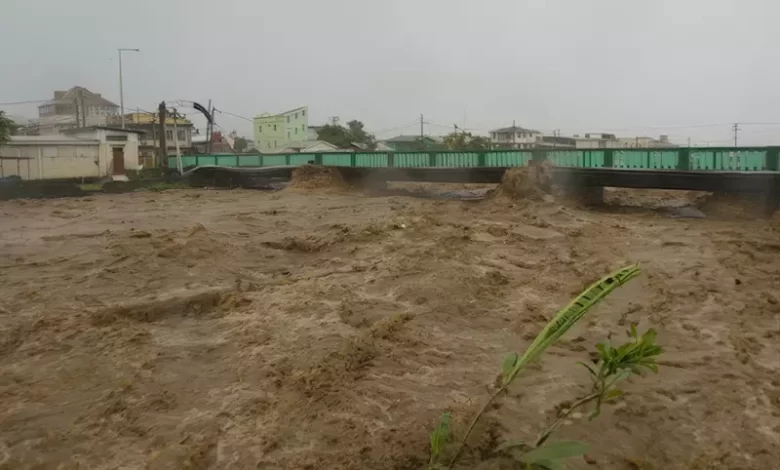Hurricane Dean, Dominica

Hurricane Dean was a powerful and destructive Atlantic hurricane that impacted Dominica in August 2007. As one of the most intense tropical storms of the 2007 Dominica Hurricane Season, Dean caused widespread damage to infrastructure, agriculture, and homes across the island.
Hurricane Dean Meteorological History
Hurricane Dean formed from a tropical wave in the Atlantic Ocean on August 13, 2007. It quickly strengthened into a tropical storm and then a hurricane by August 16. Dean reached its peak intensity as a Category 5 hurricane on the Saffir-Simpson scale, with maximum sustained winds of 175 mph (280 km/h) and a minimum central pressure of 905 millibars.
Wind and Rainfall
As Hurricane Dean approached the Lesser Antilles, Dominica experienced severe weather conditions. The island was subjected to powerful winds, heavy rainfall, and storm surges. Wind gusts were reported to exceed 100 mph (160 km/h), causing extensive damage to buildings, power lines, and vegetation. The heavy rainfall led to flooding and landslides, particularly in vulnerable areas with steep terrain.
Hurricane Dean’s Damage
Dominica’s Tourism Industry contributes significantly to the economy. It relies heavily on agriculture, which Hurricane Dean devastated: the strong winds and heavy rain destroyed banana plantations and villages across Dominica’s West Coast. The losses were estimated to be millions of dollars, impacting residents’ livelihoods and the overall economy. Many homes, particularly those with less sturdy construction, suffered extensive damage or were destroyed. Public buildings, roads, and bridges were also impacted, disrupting transportation and communication networks. The Edward Oliver Leblanc Highway experienced damage that hampered relief efforts and transportation.
Response and Recovery
In the aftermath of Hurricane Dean, the Dominica Government and international agencies mobilized resources to provide immediate relief to affected communities.
The long-term recovery process involved rebuilding homes, repairing infrastructure, and revitalizing the agricultural sector. International aid and loans played a crucial role in financing these efforts. The government also implemented measures to improve disaster preparedness and resilience to future hurricanes, recognizing the need for stronger building codes and better land-use planning.




